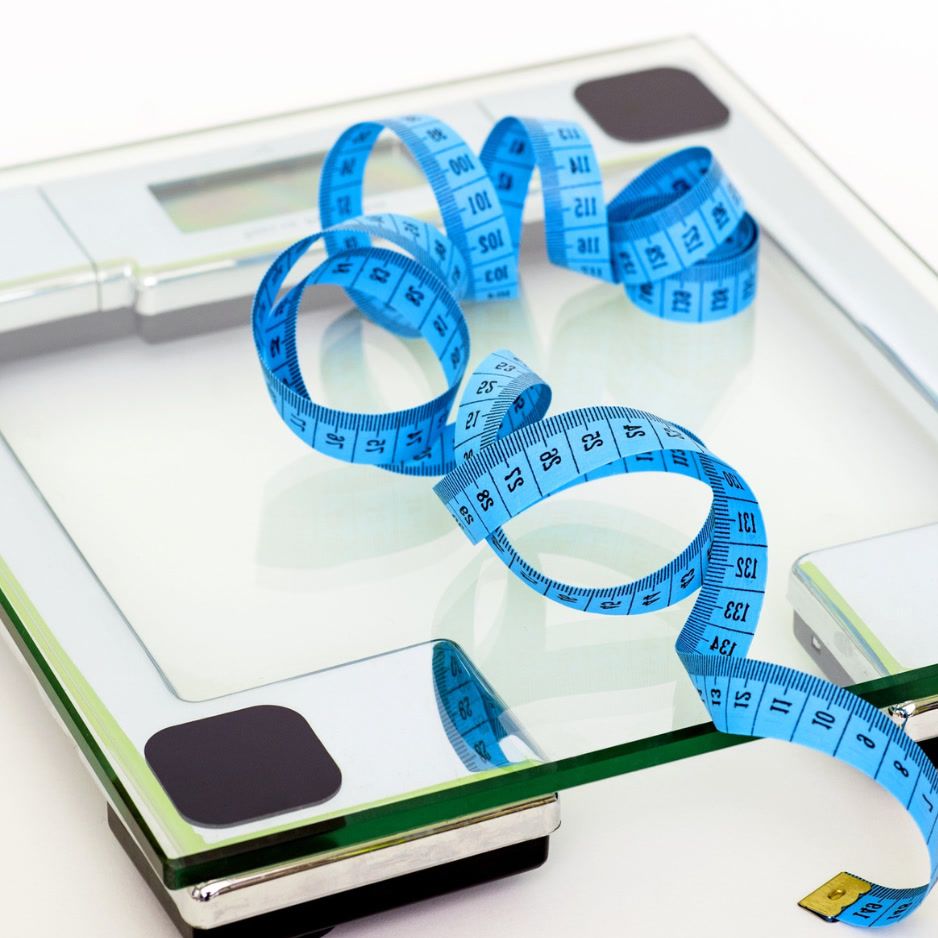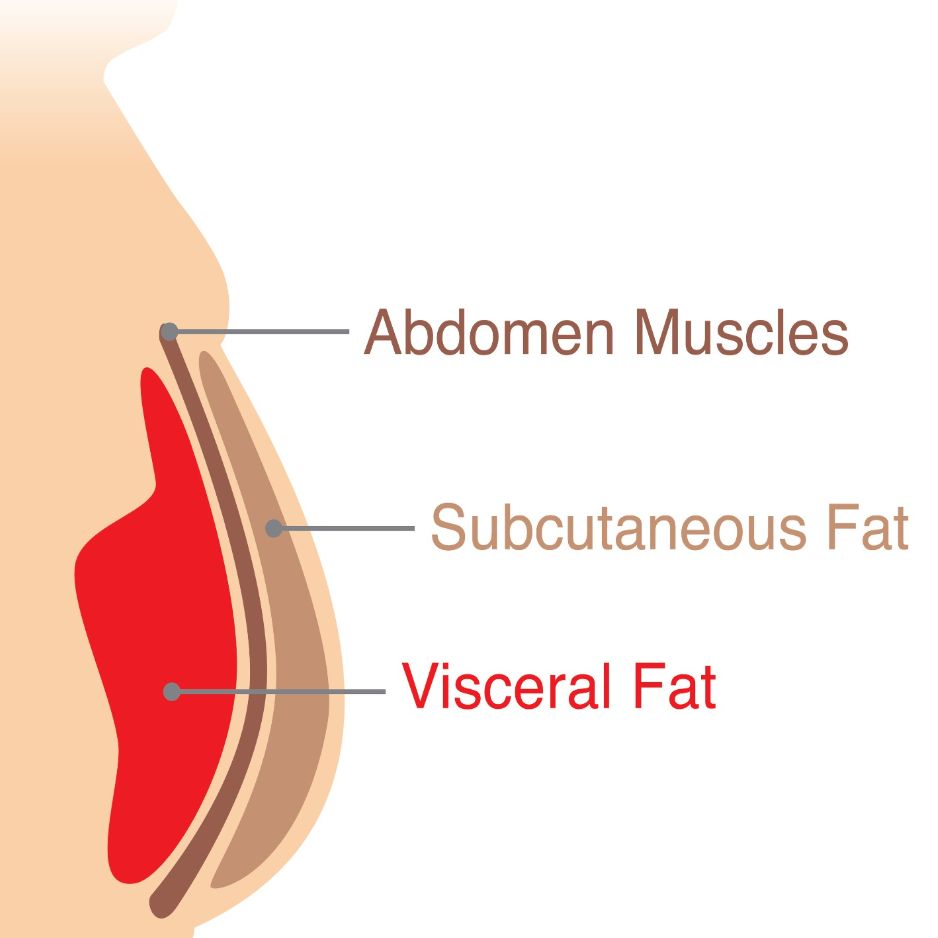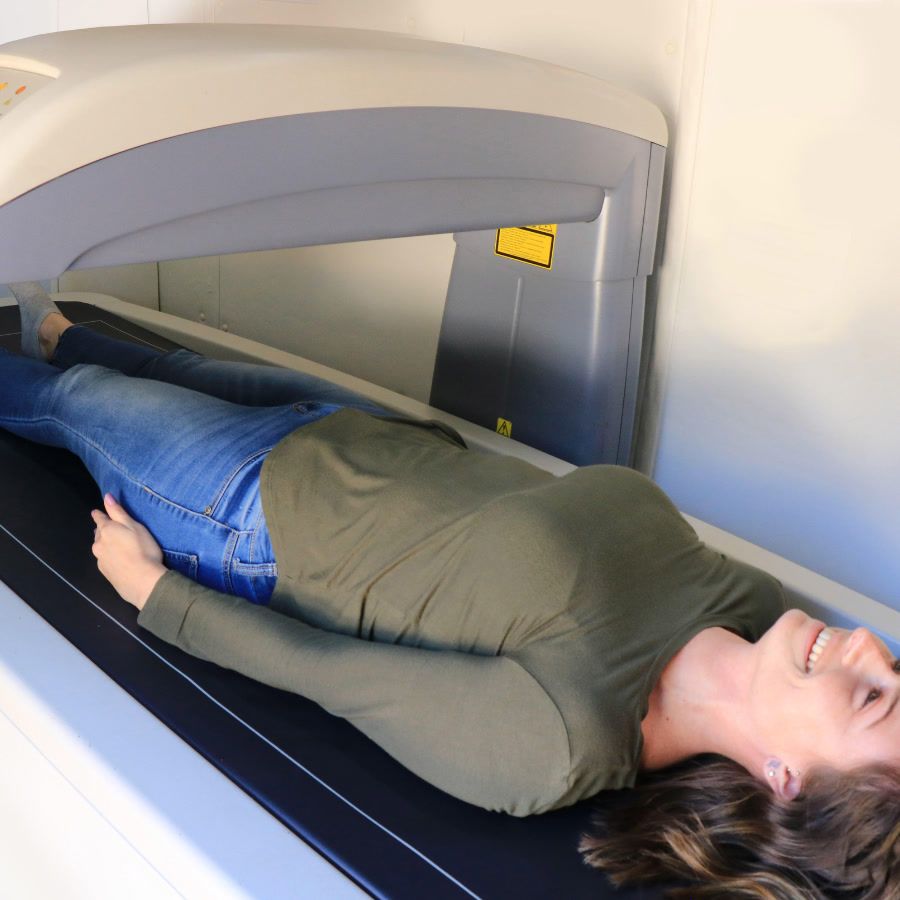ASCVD Risk Calculator: Estimate Your 10-Year Risk

ASCVD Risk Calculator: Estimate Your 10-Year Risk
Heart disease tops the list of U.S. killers, causing 680,981 deaths in 2021 (CDC FastStats – Heart Disease). The upside: most heart attacks and strokes never have to happen if we spot risk early and act on it. One of the best first steps is running your numbers through the ASCVD risk calculator—the tool endorsed by the American College of Cardiology (ACC) and American Heart Association (AHA).
In this guide you’ll learn:
- What the ASCVD calculator measures (and what it doesn’t)
- Exactly which numbers you need to run it
- How to interpret low, borderline, intermediate, and high-risk scores
- Evidence-based next steps—from lifestyle tweaks to statin therapy
- Why body composition—especially visceral fat—adds extra insight beyond traditional risk factors
What Is ASCVD—and Why Does Your Calculated Risk Matter?
ASCVD stands for atherosclerotic cardiovascular disease. It’s the umbrella term for heart attack, ischemic stroke, and other problems caused by plaque clogging your arteries.
Knowing your personal risk percentage does two things:
- Prioritizes prevention. A 25-year-old with a 2% 10-year risk needs a different plan than a 55-year-old with a 15% risk.
- Guides treatment decisions. Current guidelines tie interventions—like starting a statin or intensifying blood-pressure meds—to specific risk thresholds determined by the ACC/AHA risk estimation tool.
How the ASCVD Risk Calculator Works
The calculator is based on the 2013 Pooled Cohort Equations, which use data from more than 300,000 people to project your chance of having a first ASCVD event within the next 10 years (and, if you’re 20–59 years old, your lifetime risk).
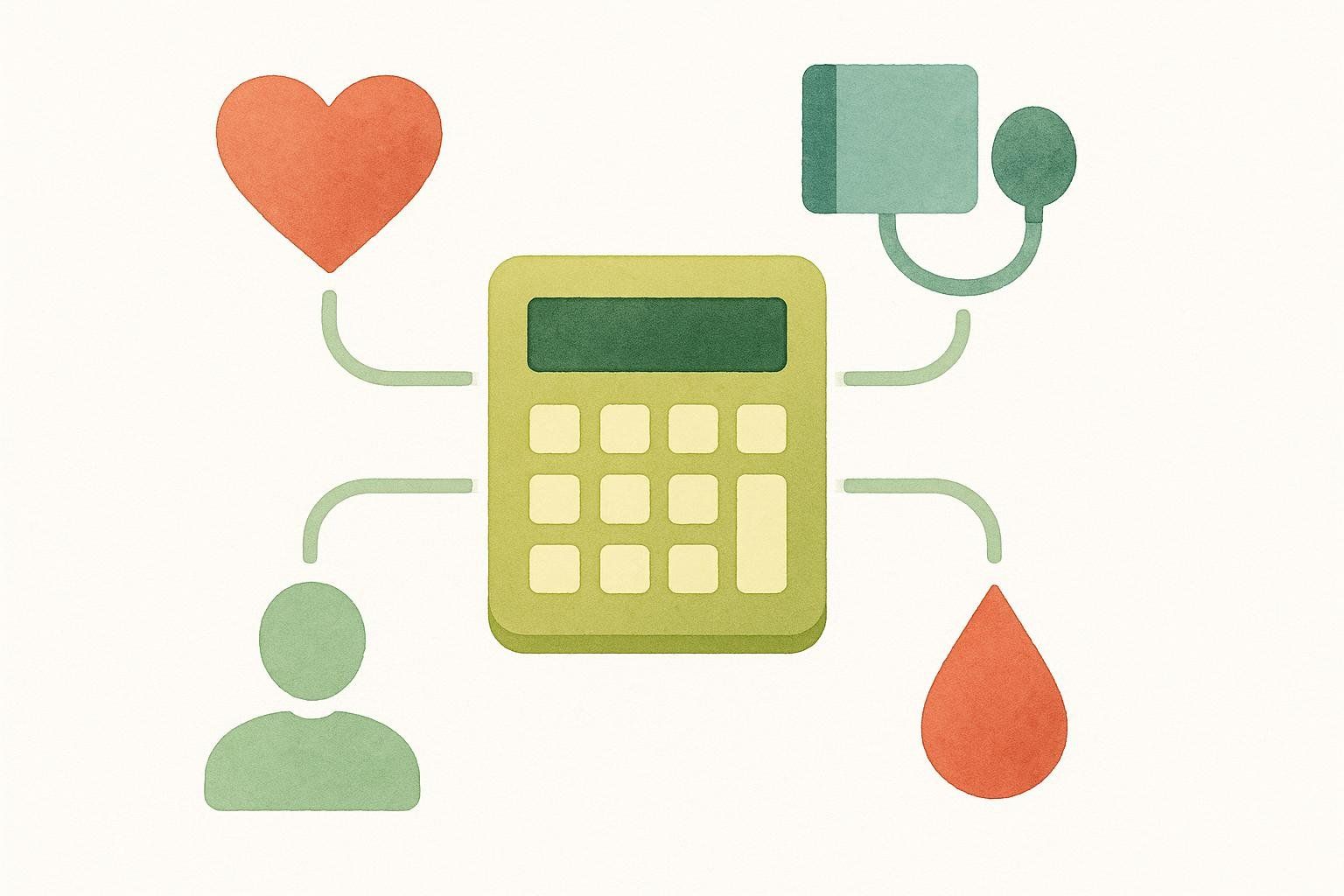
Required Inputs & Why They Matter
| Input | Why It Matters |
|---|---|
| Age & Sex | Risk rises steeply with age; men tend to develop ASCVD earlier. |
| Race | Separate coefficients for Black and non-Black individuals reflect how the original study populations were stratified. |
| Total, HDL & LDL Cholesterol | Higher LDL and lower HDL promote plaque build-up. |
| Systolic Blood Pressure | Elevated BP damages artery walls. |
| Hypertension Treatment | Meds lower—but don’t erase—risk. |
| Diabetes | Diabetes accelerates atherosclerosis. |
| Smoking Status | Smoking roughly doubles cardiovascular risk (WHO tobacco fact sheet). |

Risk Categories Explained
| 10-Year Risk % | Category | Typical Treatment Discussion |
|---|---|---|
| <5% | Low | Focus on lifestyle; meds rarely needed |
| 5–7.4% | Borderline | Consider risk-enhancers, maybe moderate-intensity statin |
| 7.5–19.9% | Intermediate | Moderate- or high-intensity statin usually recommended |
| ≥20% | High | Aggressive LDL-C lowering and BP control; low-dose aspirin is considered only after a thorough benefit–risk discussion due to bleeding concerns, as outlined in a 2022 clinical review |
Step-by-Step: Running the Calculator Like a Pro
- Gather your latest lab values (total, HDL, & LDL cholesterol), BP reading, and smoking & diabetes status.
- Head to the ACC/AHA ASCVD Risk Estimator Plus (free, no sign-up).
- Enter your information into the tool.
- Note your 10-year percentage and risk category color-code.
- (Optional) Click the “Therapy Impact” tab to simulate how starting a statin, quitting smoking, or lowering BP might reduce your risk.
- Download or screenshot the results for your medical visit—or save them in your health records.
Beyond the Number: Risk-Enhancing Factors the Calculator Misses
The Pooled Cohort Equations are powerful, but not perfect. They can under- or over-estimate risk in certain groups—especially if you have additional "risk-enhancing factors" (AHA 2019 Prevention Guideline):
- Family history of premature ASCVD
- Metabolic syndrome
- Chronic inflammatory conditions (e.g., rheumatoid arthritis, lupus, psoriasis, HIV)
- Chronic kidney disease
- Elevated biomarkers: Lp(a) ≥50 mg/dL, ApoB ≥130 mg/dL, hs-CRP ≥2 mg/L
- Pregnancy-related factors: Preeclampsia, gestational diabetes
- Coronary artery calcium (CAC) score >100—or above the 75th percentile for age/sex
Visceral Fat: The “Hidden” Risk You Can Actually Measure
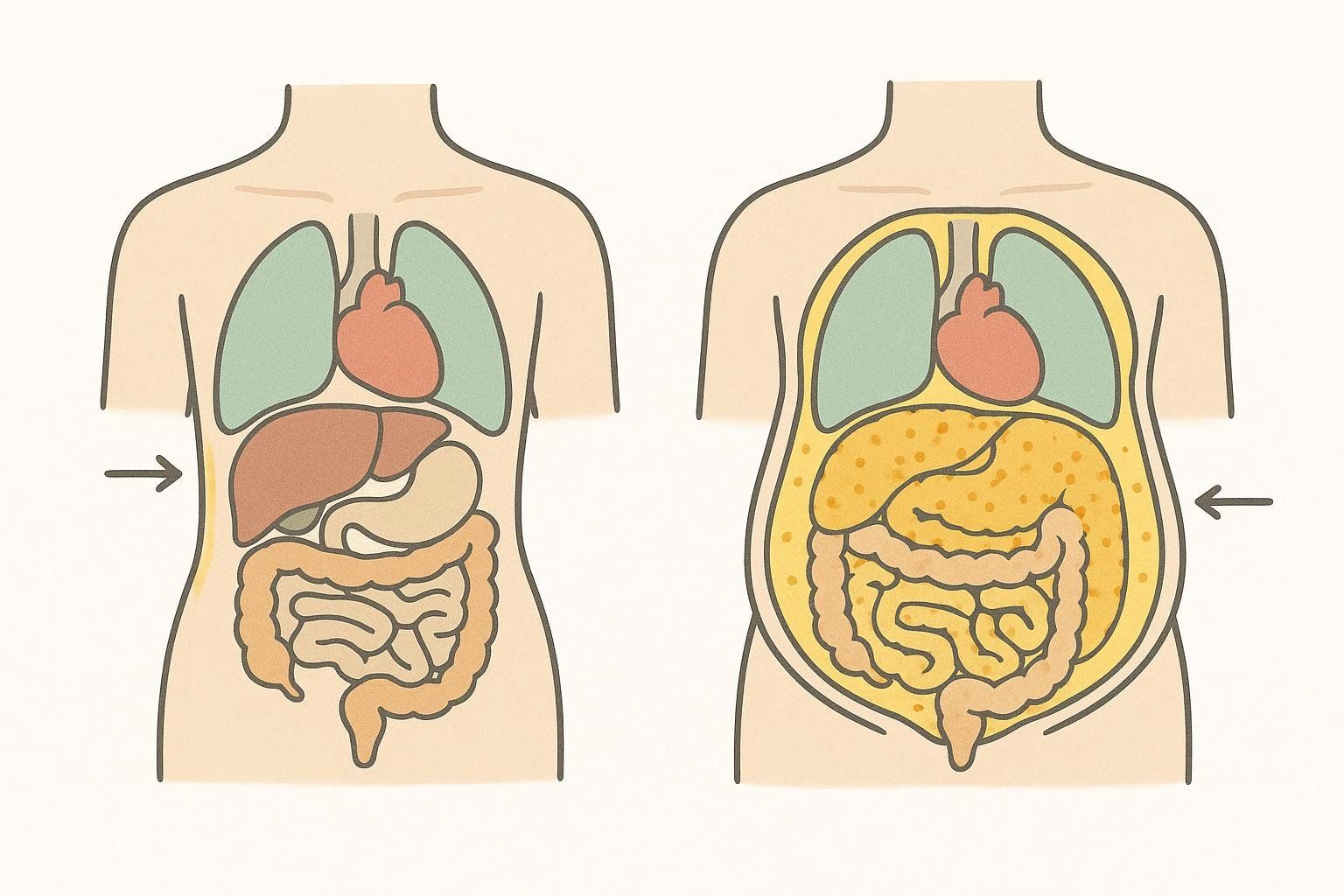
Visceral adipose tissue—fat packed around your organs—drives insulin resistance, chronic inflammation, and ultimately heart disease. The catch? You can’t spot-check it with a tape measure.
A DEXA scan quantifies visceral fat down to the gram, turning a fuzzy concept into a clear metric you can track. See our breakdown of why that matters in Visceral Fat vs Subcutaneous Fat: Understanding the Differences.
Turning Risk Into Action
| Risk Category | Lifestyle Priorities | Medication Discussion |
|---|---|---|
| Low (<5%) | Maintain 150 min/week of moderate exercise, follow a Mediterranean-style eating pattern, avoid tobacco | Typically none |
| Borderline (5–7.4%) | Same as low-risk plus consider weight loss if BMI > 25 | Moderate-intensity statin if risk-enhancers present |
| Intermediate (7.5–19.9%) | Structured diet & exercise plan, target BP < 130/<80 | Moderate- or high-intensity statin; evaluate need for BP meds; discuss CAC scan |
| High (≥20%) | Medical nutrition therapy, supervised exercise, stress management | High-intensity statin, optimize BP meds, consider ezetimibe or PCSK9i; low-dose aspirin only after careful evaluation of bleeding risk |
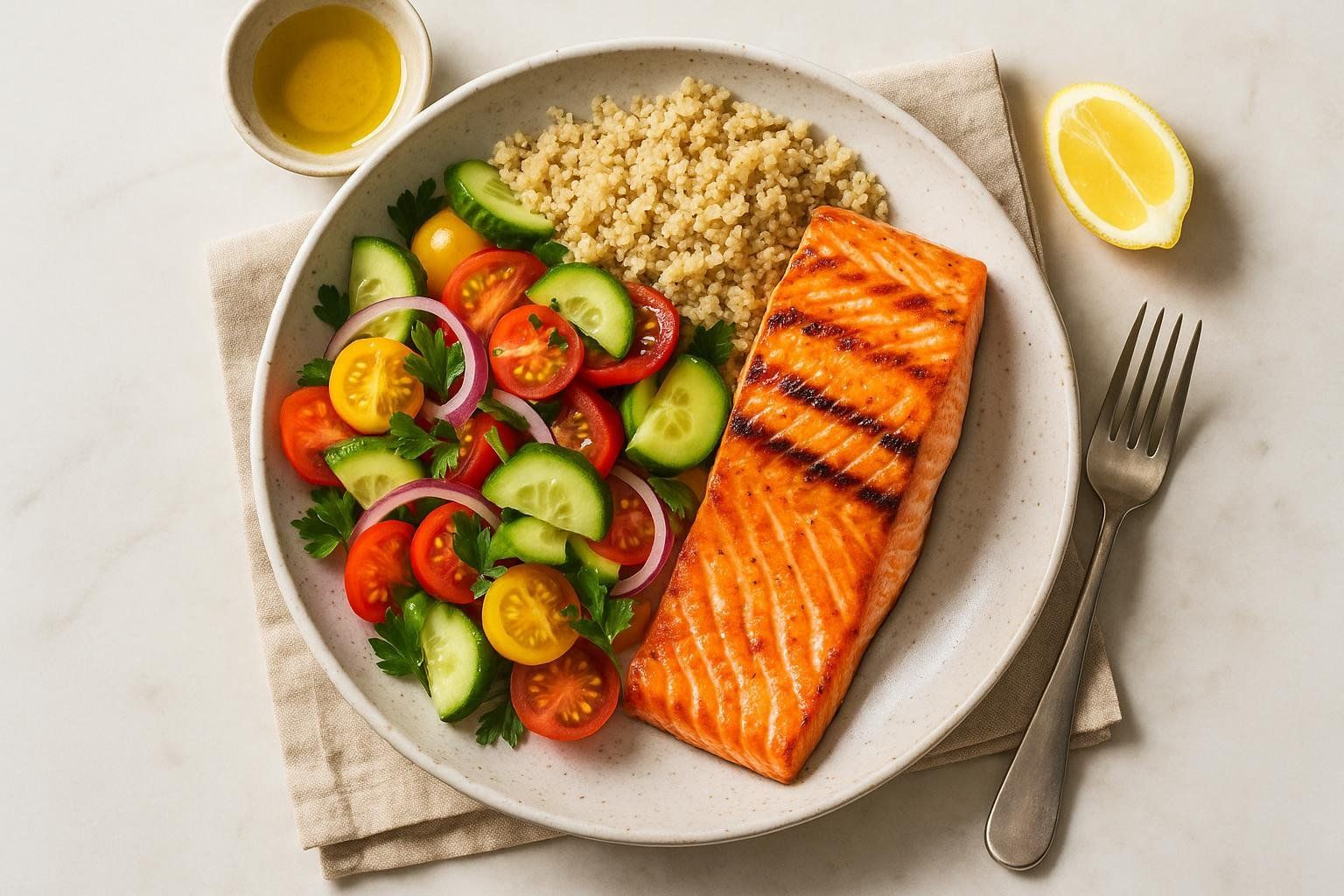
Remember: numbers guide the conversation, they don’t replace shared decision-making with your clinician.
Frequently Asked Questions
How accurate is the ASCVD risk calculator?
It’s validated in large U.S. cohorts but can misclassify people at the individual level—especially certain ethnicities or those with multiple risk-enhancers. Follow-up tests like CAC imaging or visceral fat measurement can add nuance.
Should I look at 10-year or lifetime risk?
If you’re between 20–39, lifetime risk is more telling. Your 10-year percentage may be low now but can rise substantially over the decades—ample reason to act early.
How often should I repeat my risk score?
Most adults can reassess every 4–6 years, but shorter intervals may be warranted if your initial risk is elevated or your health status changes.
Can improving body composition lower ASCVD risk?
Yes. Reducing visceral fat, building lean mass, and improving insulin sensitivity all move the needle. Track your progress with a DEXA scan and pair it with your ASCVD score—see The Impact of Weight Loss on Visceral Fat: Insights from BodySpec Scans.
Where can I get a DEXA scan?
You can find a BodySpec location across the United States.
Key Takeaways
- The ASCVD risk calculator converts your health data into a clear percentage that guides prevention.
- Use recent lab results for the most reliable assessment.
- Address controllable risk factors—cholesterol, blood pressure, smoking, and visceral fat—through lifestyle changes and, when indicated, medication.
- Update both your risk score and body composition regularly to track progress and fine-tune your plan.
Proactive risk assessment today can dramatically reduce your chances of heart attack or stroke tomorrow.
